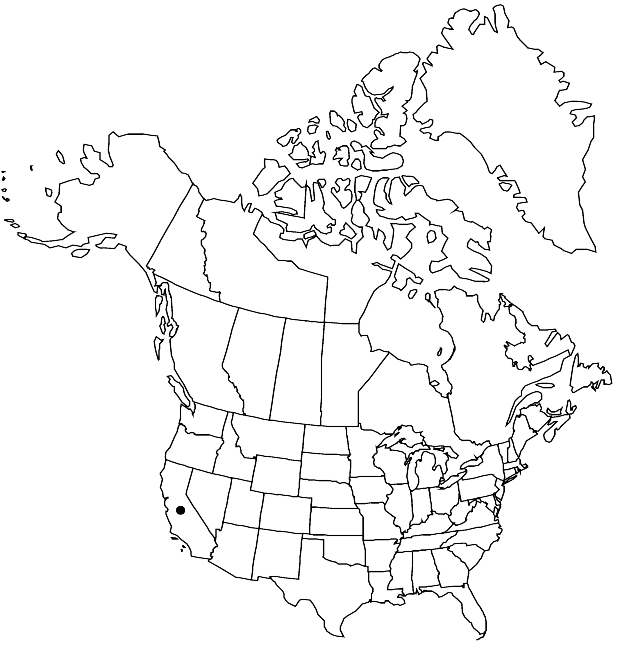Erysimum teretifolium
Leafl. W. Bot. 2: 144. 1938.
Biennials or perennials; (short-lived, caudex often woody). Trichomes of leaves 2-rayed, mixed with 3-rayed ones. Stems erect, unbranched, (1.4–) 2.5–8 (–10) dm. Basal leaves: blade filiform to narrowly linear, 5–17 cm × 0.4–3 mm, (somewhat revolute, appearing terete), base attenuate, margins denticulate, apex subacuminate. Cauline leaves sessile; blade margins entire or remotely denticulate. Racemes considerably elongated in fruit. Fruiting pedicels divaricate to ascending, slender, narrower than fruit, 5–14 mm. Flowers: sepals oblong to linear-oblong, 7–11 mm, lateral pair saccate basally; petals orange-yellow to yellow, broadly obovate to suborbicular, 15–20 (–25) × 5–10 mm, claw 6–13 mm, apex rounded; median filaments 7–14 mm; anthers linear, 2.3–3.5 mm. Fruits widely spreading to ascending, narrowly linear, curved or slightly twisted, somewhat torulose, (4–) 7–12 (–15) cm × 1.2–2.2 (–2.5) mm, slightly latiseptate, not striped; valves with prominent midvein, pubescent outside, trichomes 2 and 3 (or 4) -rayed, glabrous inside; ovules 40–72 per ovary; style cylindrical, slender, 0.5–2 (–2.5) mm, sparsely pubescent; stigma subentire to slightly 2-lobed, lobes as long as wide. Seeds ovoid, 1.5–2.3 (–2.7) × 0.9–1.5 mm; wing appendage-like, distal. 2n = 36.
Phenology: Flowering Feb–May.
Habitat: Sandy areas bordering sage scrub or chaparral, sand deposits derived from sandstone
Elevation: 100-400 m
Discussion
Of conservation concern.
Erysimum teretifolium is a highly endangered species known only from Santa Cruz County.
Selected References
None.
Lower Taxa
"wide" is not a number."elongated" is not a number."narrower" is not a number."thick" is not a number."dm" is not declared as a valid unit of measurement for this property."dm" is not declared as a valid unit of measurement for this property.
